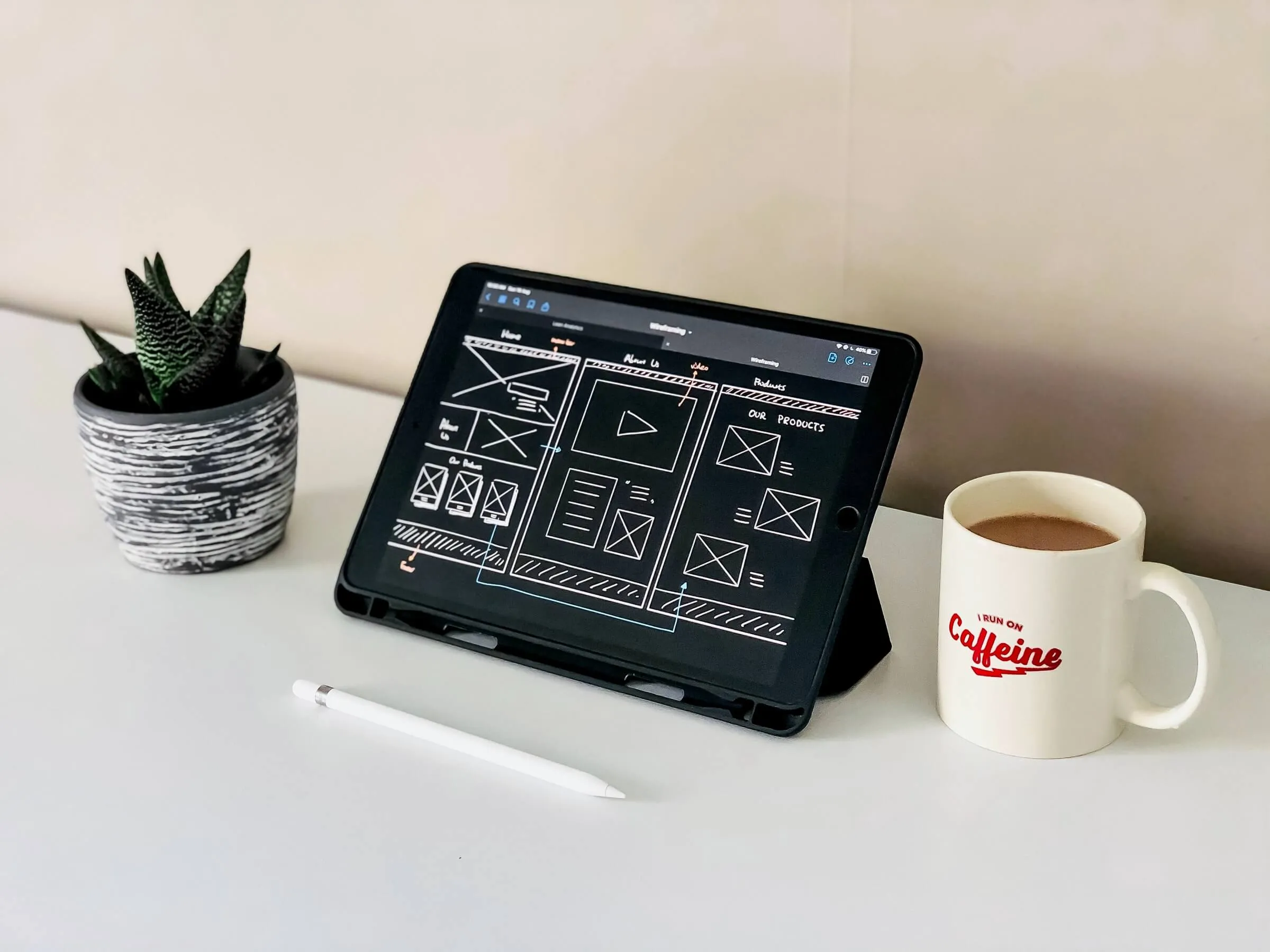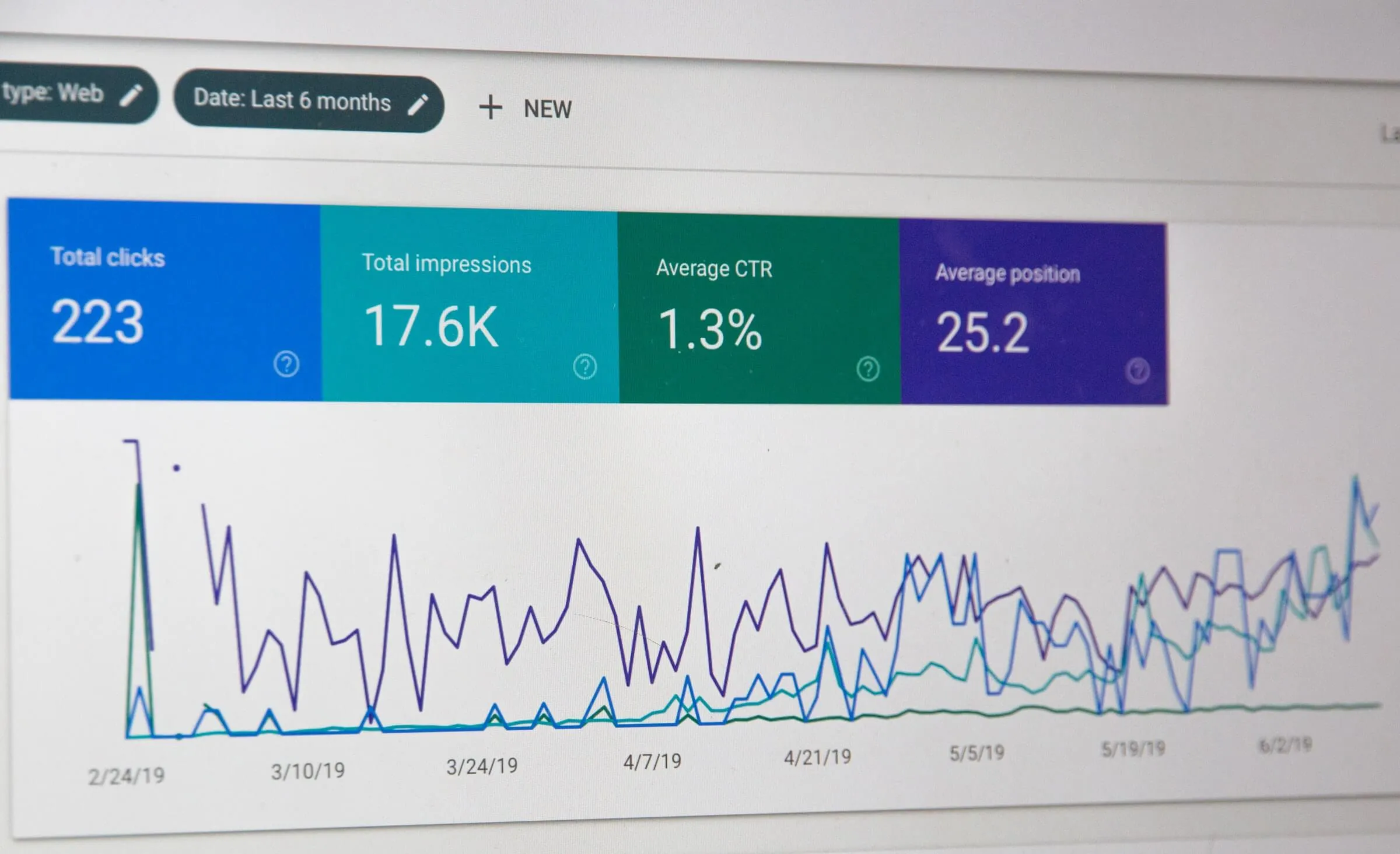The dark art of content creation. Well, well, well. So simple, yet so complicated. Actually, forget that last part. When it comes to creating stand-out wordage for your website, there are three key things to remember — Structure, Relevance, & Impact…
AKA Information Architecture, Search Engine Optimisation, & Copywriting
And, while they’re just as important to get right as, say, branding, design, and web development, there’s no great mystery to their mastery — just practice. Let’s dive in.
A Blueprint For Success: Information Architecture

If you’ve spent any amount of time tinkering about with websites — possibly even building your own or working or others’ small business sites — you’ll probably have heard someone talking about the ‘IA’.
What did they mean (you probs thought at least the first seven times)? They mean the structure. The way your site will stack up. What pages you need to communicate the right level of information to your prospects and customers.
This has to be addressed first; otherwise, well, how can you build something awesome if there’s nothing to build it on? No amount of ideation or design thinking can salvage a wonky structure.
While there’s no right or wrong answer as to what pages you should include in your site, the general rule is to use it as a shop window. Entice with the essentials — don’t throw every-single-thing–you-want-to-say on there and assume everyone will find it fascinating.
Try to come at it from a customer’s point of view. Sure, you need a home page, an about us, a product or services page, a contact us page, and possibly a blog section — but the way you structure your site needs to be intuitive enough that visitors can easily find the details they need.
That’s why User Experience (UX) is usually uttered in the same breath as IA. Any web design expert worth their salt will use wireframes to plan out exactly how the site should be structured and what the flow of content should be — not just the number of pages, but the sections within each page too — what should go where in order to make the experience of using the site as simple and seamless as possible.
Basically, good IA comes down to planning. But that all starts with knowing what’s important to your business and its customers. And once all that’s confirmed, the design can begin in earnest.
Don’t Worry: It’s Just SEO

Knowing what your customers want also means understanding where your business fits into their lives — and by extension, what they’ll be looking for when you pop up in their internet searches.
Or, to put it differently… Getting noticed in Google means ranking for the right words. The most relevant words. But in this modern age of algorithms, bots, and black hat skullduggery, the path to SEO nirvana has become a lot more complex. And it keeps changing.
So what’s a small business to do? The short answer is ‘keep it real’. SEO best practice comes down to relevance and authority. The more aligned your copy is with your business, the more consistency there is, the better chance you have of getting ahead of the competition.
Sure, there are different SEO hygiene tasks you can put in place — labeling pages and metadata correctly — and of course, using both unique and high-volume search words and phrases in your web copy will help give your website a strong SEO foundation. But some decent keyword research is never a bad thing — and there are stacks of tools out there that anyone can use.
That said, there’s a reason experts exist. And while, admittedly, expertise is something you can spend absolutely nothing or thousands of dollars on, it’s better to look at SEO in the context of your ongoing web content efforts. And this is where professional help can make all the difference.
Working With A Copywriter: Cheaper Than Getting It Wrong Yourself
.jpeg)
Anyone can write… right? We all learn at school — and once it’s there, it’s a skill we have for life. But, as with anything, there are those who’ve dedicated their professional lives to the craft of commercial content creation.
If you’re struggling to articulate exactly what your business does, or the value it offers your customers, or how the heck to add in a list of SEO keywords into your website in a way that sounds natural, then it could be time to enlist the services of a copywriter.
But their work doesn’t stop there. A good copywriter, as you’d expect, will want to hear the whole story — why your business exists, what value it offers customers, who your customers are, where you fit into their lives, what kind of relationship you want to have with them — that stuff is important too.
Why? Because these things set out the rules of engagement. Every brand — be it luxury sunglasses or toilet detergent — needs a narrative. But given the number of channels marketers now have at their disposal, that narrative needs to be consistently communicated — anywhere that customers see, hear, or experience your brand.
Getting your verbal identity right is just as important to your brand’s digital transformation as an impactful visual presence. And if, like so many businesses, your website is essentially your brand’s flagship store, showcasing its messaging in a way that’ll resonate with customers is an important consideration.
Why Does This Trio Matter So Much?
Essentially, IA, SEO, and Web Copy perfectly complement each other. One naturally leads into the other.
IA structure & wireframes + SEO keyword research + web copy = Intuitive user experience + powerful messaging and storytelling.
Get these right and everything is ready for the designer and developer to build on.
Once you know the structure and flow of the site, and well as what’s needed from a copy perspective, the designer’s in an ideal spot — it’s what they need to create the user interface, to ensure the design fits the copy and visa versa.
Once they know how much text there is to play with, the designer has a lot more creative freedom too — they have room to add more design elements and really make the site stand out. Plus working in this way (rather than starting with design) can ultimately save on time — and therefore costs too (especially if, like us, you build on Webflow!).
Ultimately, creating a website is like piecing together a puzzle. Yes, you can pretty much start anywhere, but once you know that there’s a technique — a process — that’ll make finishing it a whole lot easier (such as starting with the edges on a 1000 piece jigsaw) and more structured, it makes sense to start there rather than waste precious time.
If nothing else, keep in mind that a solid structure has three sides — each just as dependent on the other to maintain their combined strength. Get those right, and the rest will fall into place.
Need solid support as you embark on building your new website? Look no further. Contact the KHULA™ team today.



